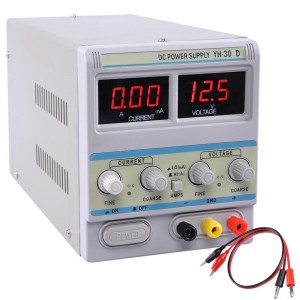
Service Technician Develops a Robust Method to Reduce No Fault Found Rates in PCBs
No Fault Found (NFF) is a notoriously difficult problem. Also referred to as no trouble found (NTF) and no problem found (NPF), the term and associated metrics are used to describe a phenomenon where a service technician replaces a part in order to repair a failed piece of equipment. When the part is returned to the factory for quality analysis or for repair and re-certification, diagnostic tests do not detect any problem.
The rate of No Fault Found parts can be quite high. For example, in a study I conducted several years ago, I found that the average no-fault-found in consumer electronics rate was between 15% and 20%. This is an average across many products and replacement parts. When examining NFF by part and failure modes, the situation is often much graver. For example, I witnessed NFF in excess of 70% in certain avionics and automotive electronic parts.
There are several factors responsible for producing NFF parts. Among the most common:
- In the course of the repair activity, the technician replaced multiple parts. However only one was the actual root cause for the failure. This could be caused by suboptimal diagnostic methods and poor service information and training, but can also be encouraged or required, for example, when equipment uptime is more important than the cost of the repair (and of NFF parts.)
- Marginal design leads to “tolerance stacking” in which a part will cause a failure in some systems in the field but not on the test bench.
- The technician made incorrect diagnosis and the system appears to operate correctly, but is likely to fail again. This problem is often exacerbated by a marginal design, as described in the previous point.
NFF parts carry high direct and indirect costs, bloated inventory, excessive warranty claims and poor customer satisfaction. No wonder NFF is a closely watched service operation metric, and service organizations work hard to reduce the frequency of NFF parts. The more common and obvious methods employed by service organizations strive to improve the efficacy of troubleshooting through improved diagnostics tools, up-to-date service information and effective technician training.
But the best method to reduce NFF I came across in my work with service organizations only requires a simple power supply. While studying the relationships between NFF and repair  efficacy for a service organization, the analysis showed an unexpectedly low rate of No Fault Found. Upon further investigation, the cause was identified. Knowing that management was concerned about the high rate of no fault found parts, but, at the same time, having high confidence in their troubleshooting skills, some technicians adopted a habit of zapping the circuit boards they replaced to make sure they fail at the repair facility. This way both the customer and service management got what they wanted…
efficacy for a service organization, the analysis showed an unexpectedly low rate of No Fault Found. Upon further investigation, the cause was identified. Knowing that management was concerned about the high rate of no fault found parts, but, at the same time, having high confidence in their troubleshooting skills, some technicians adopted a habit of zapping the circuit boards they replaced to make sure they fail at the repair facility. This way both the customer and service management got what they wanted…
Image: Salem Witch Trials (Joseph Elber, 1892)
